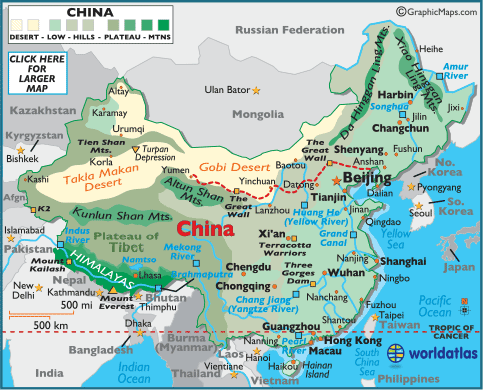These are my goals: In this course I had many goals regarding social studies and my personal learning. The goals in general knowledge of learning theories/planning/teaching are I would like to achieve is to learn more about the different lesson structures. Another goal for this session is teaching in front of a whole class. The goals in basic knowledge/skills for the social studies unit/lesson plans design and edTPA are to know social studies standards. I would also like to achieve the knowledge to select and design different types of assessment methods. In the personal learning/study and technology skills I would like to achieve the understanding of how to use google docs and drives. I would also like to achieve the knowledge to select technology tools that enhance student’s learning.
Here is the reflection on the beginning of the semester goals: Throughout the journey through this course I have grown as a teacher and a person. I feel that I have reached the majority of the goals I have set for myself for this semester. In the learning theories/planning.teaching section I believe I know have stronger knowledge of the different lesson structures. I am comfortable with writing lessons in any of the styles and know the components of each style. I also feel comfortable teaching in front of a whole class. This is a skill that I have not had to do in my course work until this course. I feel like I have more tools to think on my feet and engage students in their learning. In the section of basic knowledge/skills for the social studies unit/lesson plans design and edTPA I have a better understanding of the social studies standards and how to incorporate these standards into my lessons. I have also learned the art of selecting and designing different types of assessment methods. Not all assessment must be by way of a test, you can use class discussions, focus questions, and cumulating projects. In the section personal learning/study and technology skills I have accomplished the understanding of how to use google docs and drives. I find this technique of keeping documents a great way to work. I have also achieved greater knowledge of technology tools that enhance student’s learning. The web holds such great tools to help teachers enhance their students learning. In all, I feel that I have learned a large amount of knowledge this semester and plan on using it in my future classroom.
As the semester comes to a close I am sad to leave this class and will always be grateful to Dr. Smirnova's amazing teaching.

Thank you for everything Dr. Smirnova!
.






















